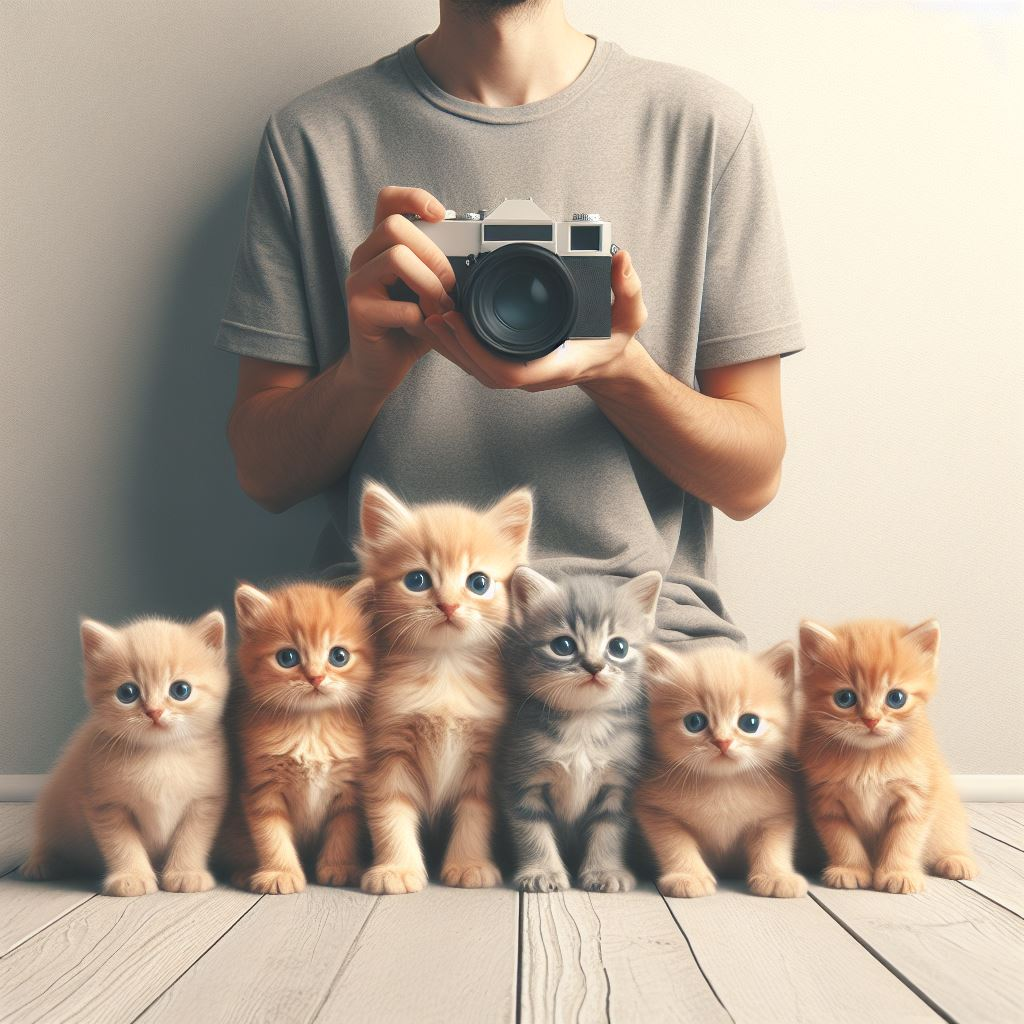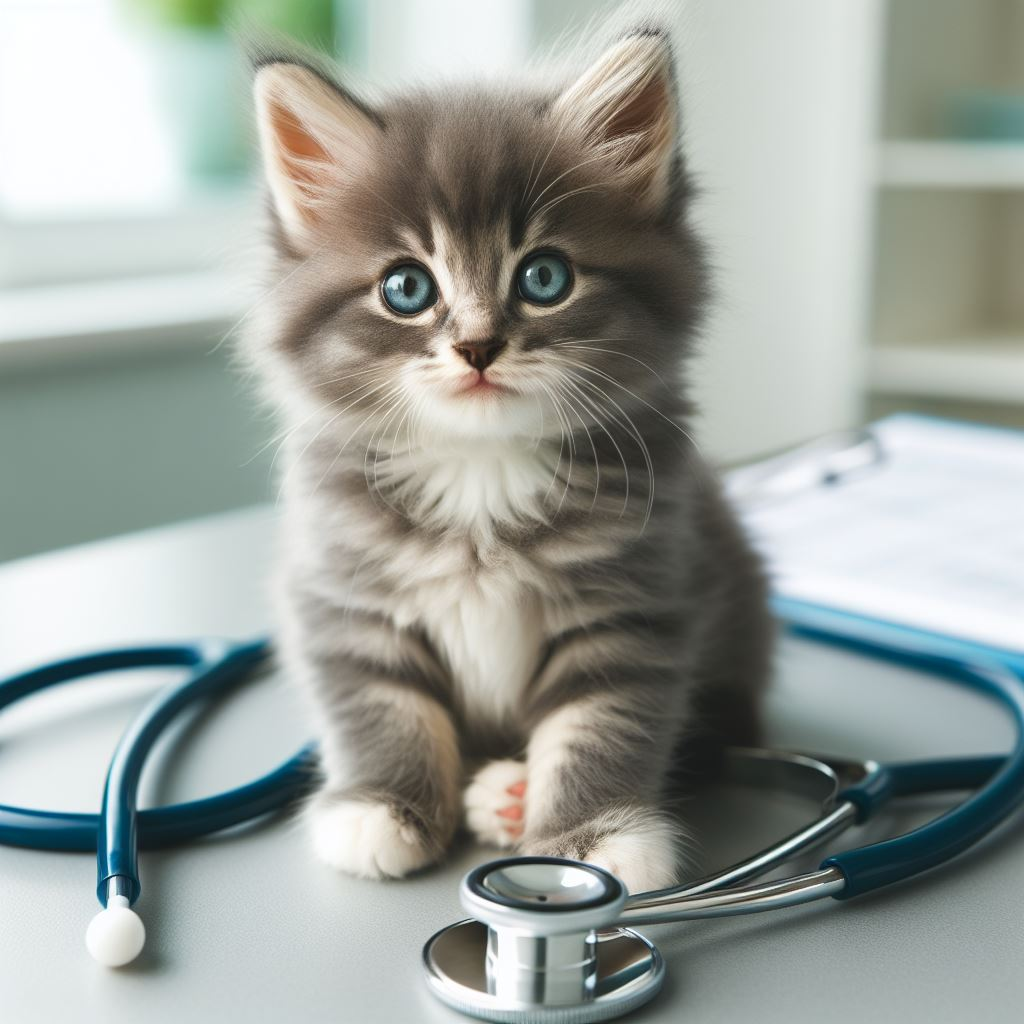
How Many Kittens Can Cats Have? Litter Sizes Guide
If you’re a cat lover like me, you’ve probably wondered – just how many kittens can a cat squeeze out in one go? I know I’ve spent many nights puzzled by this very question! As the proud servant of three furry feline overlords, I’ve done some digging into the mysterious world of kitty litters. Grab some catnip and let’s unravel this ball of yarn together!
It Depends: Factors That Determine Litter Sizes

I wish there was an easy answer, but when it comes to cat pregnancy, very little is straightforward. The number of kittens in a litter can vary based on several key factors about the mama cat:
- Age – Kittens having kittens? Very common but smaller litter.
- Breed – Some, like Siamese, tend to have bigger broods.
- Health & Nutrition – A healthy, well-fed cat has the resources for a large litter.
- Environment – Even light exposure can impact embryo development!
From my research, first-time mothers and younger cats often have tiny litters, sometimes just a couple of kittens. But things change as they grow up! My cat Misty had one kitten for her first pregnancy but popped out five little furballs the next time. Older, seasoned moms like her generally have larger litters, especially if they are an “efficient” breed like the Burmese.
Predicting Litter Sizes: Easier Said Than Done!
Figuring out that magic number is tricky business, I tell ya. My vet tries her best to guess, but she’ll be the first to admit that it’s not an exact science!
Some methods vets use are:
- Belly palpation starting 3 weeks in
- Ultrasounds, later on, to literally count the kitten heads
- X-rays to see their cute little skeletons after bones develop
But many things can prevent accurate counts, like sneaky stray kittens hiding behind their siblings! At the end of the day, Mother Nature has to run her course before we know for sure.
Caring for a Pregnant Cat: Nutrition is Key!
Long story short – feed that mama cat like there’s no tomorrow! Pregnancy demands up to 25% more food in the last few weeks as the kittens rapidly grow. By the end, my cat Callie looked ready to burst and I could see the little feet kicking from outside her belly! Better stock up on kitty kibble if you see these tell-tale signs of pregnancy in your furball:
- Swollen or enlarged nipples
- Rounded, distended belly
- Increased appetite
- Weight gain and lethargy
Trust me, you’ll thank me later! A well-fed mama means healthier, livelier kittens. I learned this the hard way after Callie’s first small litter. Now I’m ready with extra food and plush beds galore whenever she looks a little too round for my liking!
D-Day: The Miracle of Birth!
Despite preparations, seeing those wet, wobbly kittens for the first time is always a magical moment. My friend Elle described her cat’s delivery as “slightly gross but mostly amazing” – I’d have to agree! One second, the room is calm; the next, there are tiny mewling furballs everywhere you look!
Newborn kittens are completely reliant on mama cats, unable to see, hear, or even regulate their own body temperature. Within a few short weeks though, rapid development occurs. At four weeks, those eyes peel open, the ears perk up, and by eight weeks, they are true toddler terrorists – racing, playing, and exploring the world on clumsy paws!
As overwhelming as rounding up rowdy kittens can be, I love watching them blossom. Taming tiny feral beasts into loving furballs, you can’t help but cuddle? The best part of the job in my book!
Responsible Breeding: Fix Your Felines!
While surprise kittens can be magical, irresponsible breeding is a huge issue. Millions of unwanted cats and kittens are euthanized in shelters each year. As a responsible pet owner, please spay and neuter your cats! This reduces health risks like certain cancers and prevents further community kitten overload. No one wants surprise litter, trust me!
My two cents? Leave kitten creation to the professionals. Shelters worldwide have no shortage of cuties looking for their forever homes. And who knows – maybe you’ll find your new feline soulmate along the way!
Preparing for the Pitter Patter of Tiny Paws
When pregnancy pops up despite your best efforts, preparation is key! My cat Callie decided our closet would be her birthing suite, so I supplied that space with tons of newspapers, towels and blankets. Sort of like a mini hospital ward – but fluffier!
Vets recommend setting up a quiet, cozy nesting area a few weeks prior to the due date. This gives expectant mama cats the chance to get accustomed to the space. Make sure she has easy access in and out while still allowing for privacy during the big event!
Action Stations: Kitty Labor and Delivery!
How will you know when the baby bean countdown has begun? Time to get familiar with the signs of impending kitten time:
- Restlessness and vocalizing
- Constant licking and grooming
- Appetite changes
- Hiding and “nesting” behavior
Mama cats often handle the delivery process independently but keep an eye out for prolonged straining or distress. If you suspect trouble, call your vet right away – no fur baby left behind on my watch!
Baby’s First Weeks: Help Them Thrive!
Those first few weeks fly by in a haze of feeding, snuggling, and round-the-clock kitten care! Mama will attend to the critical tasks like nursing and grooming her babes, but they need plenty of stimulation, too.
I love creating little play zones inside our kitten pen with toys that develop their instincts to pounce and chase. Rotating activities keep them engaged – feathers one day, sparkly balls the next! Shelters even send volunteers to help properly socialize rescues during this vital window.
Before you know it, those tiny jelly beans will have grown into rambunctious furballs charging around your home! Better baby-proof those wires and breakables!
From Milk to Mischief: The Weaning Process
Around 4 weeks in, the kittens start developing baby teeth, so I introduce mushy wet food. By 8 weeks the needle-sharp fangs have fully emerged – ouch! At the same time, their eyesight improves each day, and those little wobbly walkers turn into lightning-fast toddler kitties.
This is when I transition the gang to solid food with supplemental formula. Shelters use around 8-12 weeks as the “adoption window” since the kittens are now mostly weaned from mama and able to thrive in a new home. Saying goodbye is tough but so rewarding, knowing my fur babies will bring joy to human families, too!


Leave a Reply